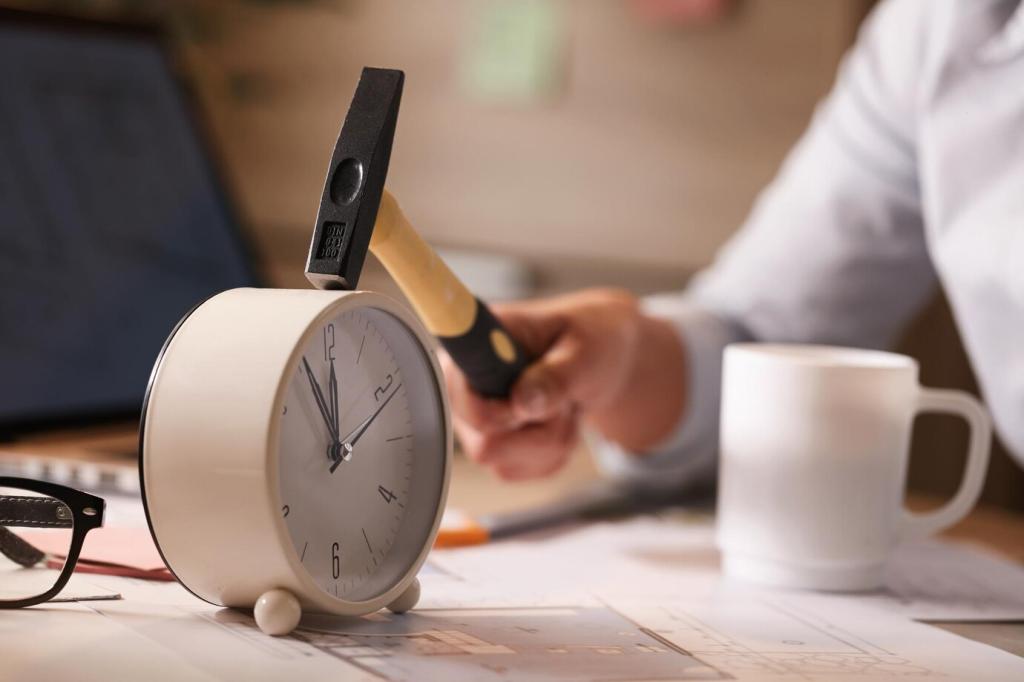Tracking Without Obsessing
Use a monthly habit grid, a one-line journal, or a jar of paperclips moved daily. The visual cue celebrates each rep and builds momentum. What minimalist tracker feels fun to you? Share a snapshot-worthy idea others could adopt tonight.
Tracking Without Obsessing
Pick tools that reduce friction: gentle reminders, distraction blockers, or focus timers. Disable unnecessary notifications so your routine isn’t interrupted by noise. If an app complicates things, simplify. Recommend your favorite low-stress tool in the comments.






